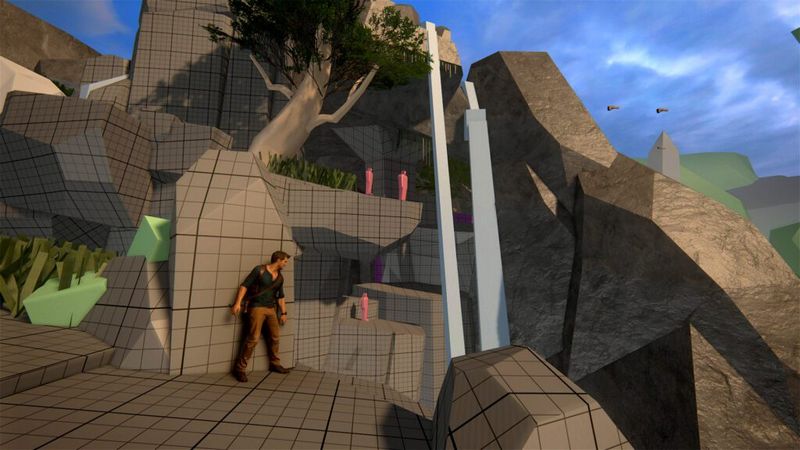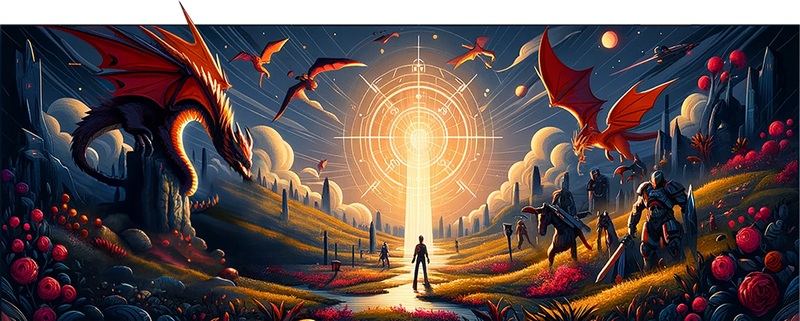
Designing Environments That Trigger Memory
Memory is a crucial element in gaming. Whether it’s remembering the location of hidden treasures, learning enemy attack patterns, or recalling the layout of a complex level, our ability to retain and recall information plays a significant role in our overall gaming experience.
However, memory is a complex process that is influenced by a variety of factors, including the design of the game environment. Game designers have the power to create environments that not only enhance the overall gaming experience but also help trigger and strengthen our memory. In this article, we will explore the importance of designing environments that trigger memory and how game developers can leverage this knowledge to create more engaging and memorable gaming experiences.
The Power of Environment in Memory Retention
Our memory is strongly tied to our environment. Research has shown that environmental cues can act as powerful triggers for memory retrieval. This phenomenon, known as context-dependent memory, suggests that our ability to recall information is influenced by the environment in which the information was learned.
In the context of gaming, this means that the design of the game environment can play a crucial role in memory retention. By creating environments that are rich in detail, unique in design, and immersive in nature, game developers can provide players with a more memorable and engaging experience.
One example of how environment can trigger memory in gaming is through the use of landmarks. Landmarks are distinctive features within a game environment that serve as reference points for navigation and orientation. By strategically placing landmarks throughout the game world, developers can help players create mental maps of the game environment, making it easier for them to navigate modded minecraft server hosting and remember key locations.
In addition to landmarks, the use of environmental storytelling can also aid in memory retention. Environmental storytelling involves using the game environment to convey narrative elements and world-building details without the need for explicit exposition. By immersing players in a richly detailed and immersive world, developers can create a more engaging and memorable experience that sticks with players long after they have finished playing.
Designing Environments for Memory Triggering

So how can game developers design environments that effectively trigger memory? Here are some key strategies to consider:
1. Consistency and coherence: Create environments that are consistent and coherent in design. Avoid jarring transitions or sudden changes in aesthetics that can disrupt the player’s sense of immersion and make it harder for them to remember key details.
2. Use of color and lighting: Color and lighting can have a powerful impact on our memory. By carefully selecting colors and lighting schemes that complement the game’s narrative and setting, developers can create environments that are not only visually striking but also more memorable.
3. Interactive elements: Incorporating interactive elements into the game environment can also aid in memory retention. By giving players the ability to interact with their surroundings, developers can create a more dynamic and engaging experience that encourages exploration and discovery.
4. Audio cues: Sound can also play a crucial role in memory retention. By incorporating ambient sounds, music, and voiceovers that complement the game environment, developers can create a more immersive and memorable experience that appeals to multiple senses.
5. Level design: Finally, thoughtful level design is essential for creating environments that trigger memory. By designing levels that are challenging yet fair, developers can create a more engaging and rewarding experience that encourages players to rely on their memory to overcome obstacles and progress through the game.
Conclusion
Designing environments that trigger memory is a key aspect of creating engaging and memorable gaming experiences. By leveraging the power of environment in memory retention, game developers can create immersive worlds that not only captivate players but also enhance their ability to retain and recall information.
From the strategic use of landmarks and environmental storytelling to the careful selection of colors, lighting, and audio cues, there are many ways in which developers can design environments that effectively trigger memory. By implementing these strategies and paying close attention to the details of their game environments, developers can create more immersive, engaging, and memorable gaming experiences that leave a lasting impact on players.

